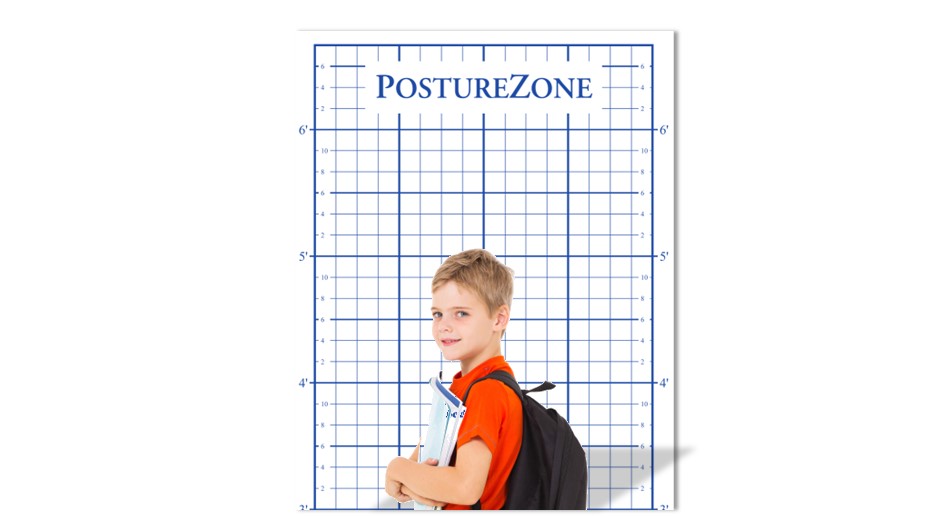Why Posture in a Speech Language Pathology Practice?
Posted by Renee North on 15th Nov 2023
"I'm a speech-language pathologist. How will it impact my clients' speech and language abilities?"
As a speech-language pathologist, you may wonder how taking a posture course relates to your discipline and how it can impact your clients' speech and language abilities. While posture may not be the primary focus of your profession, it is still relevant and can play a role in the overall well-being and communication abilities of your clients. In Visualizing Posture When Treating Speech Therapy Pediatric Patients, the author discusses posture and its impact on stutter and voice disorders, recommending posture be considered in the initial client intake.
Here are some points to consider when answering this question:
- Breathing and Speech: Good posture can have a significant impact on breathing, which is a fundamental component of speech production. Proper posture allows for efficient lung function and optimal control of the diaphragm, which in turn affects the rhythm and quality of speech. When clients have poor posture, it can lead to shallow breathing or increased tension in the vocal tract, affecting their ability to produce clear and intelligible speech.
- Swallowing and Posture: Speech-language pathologists often work with clients who have swallowing difficulties (dysphagia). Posture can be a crucial factor in managing dysphagia. Correct head and neck positioning during eating and drinking can reduce the risk of aspiration and improve the safety of swallowing, which is essential for maintaining overall health and communication abilities.
- Voice Production: Posture can also affect voice production. If a client has poor posture, it can lead to vocal strain or hoarseness. Proper alignment can support a healthier phonatory system and lead to improved voice quality.
- Communication Confidence: Addressing posture concerns can boost a client's overall confidence in their ability to communicate. When clients feel more comfortable and confident in their body and posture, they may be more willing to engage in speech and language therapy activities and practice effective communication strategies.
- Multidisciplinary Collaboration: Collaborating with other healthcare professionals, such as physical therapists or occupational therapists who specialize in posture and body mechanics, can provide a holistic approach to addressing clients' needs. This interdisciplinary teamwork can lead to more comprehensive and effective client care.
While whole-body posture may not be the primary focus of a speech-language pathologist's work, it plays a significant role in speech, swallowing, and overall communication abilities. Addressing posture issues, even indirectly, can contribute to improved outcomes for your clients.
If you're not familiar with posture analysis, a new course that gives an in-depth view into into adding posture to client evaluations is Posture Pictures. This 90-minute course is a short but comprehensive overview of whole-body postural assessment and how to begin using a posture grid in a speech-language pathologist practice. Overall it's a diagnostic service that is inexpensive to include, takes little additional time, and provides actionable info for greater client outcomes. It's essential to recognize the interplay between posture and speech-language issues and consider the potential benefits of incorporating posture-related strategies into your therapy plans when appropriate.



